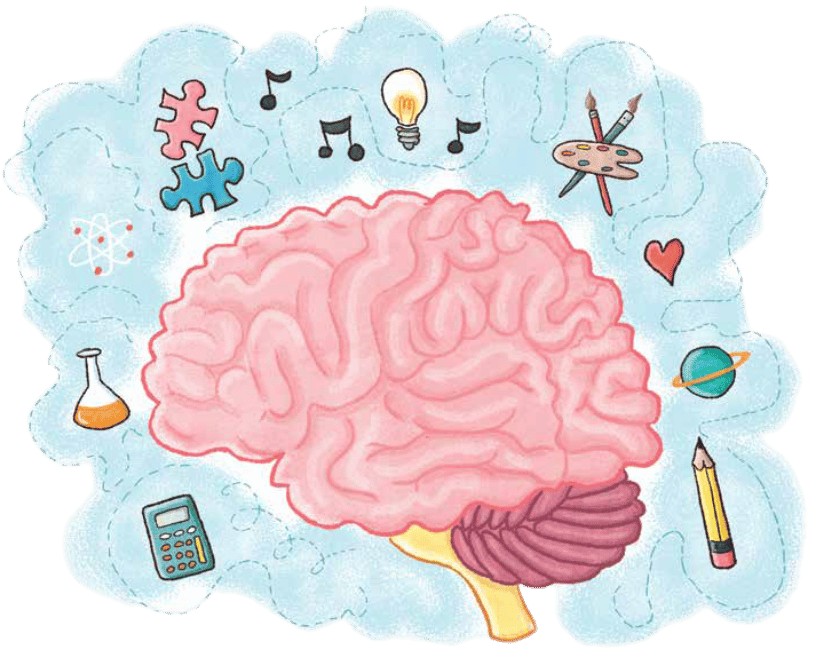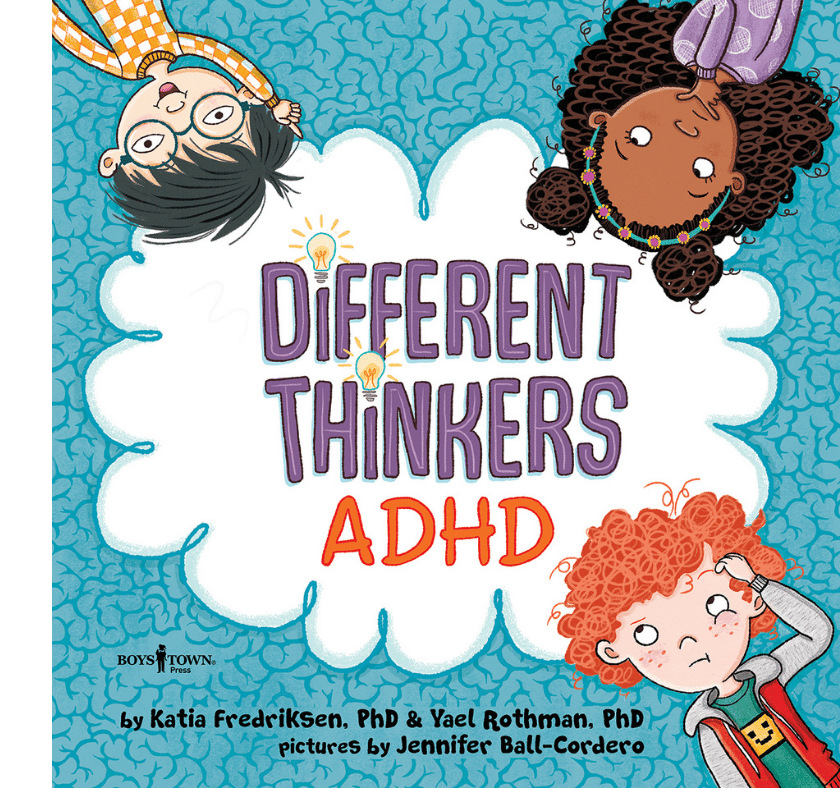ADHD and Social Skills
ADHD is a common neurodevelopmental condition that significantly impacts a child’s capacity to regulate their attention, and/or impulses, and/or activity level. According to the Centers for Disease Control and Prevention, nine percent of U.S. children between the ages of 3 and 17 have an ADHD diagnosis.

ADHD can affect a child’s social success. For example, difficulty focusing and sustaining attention can result in missing social cues, forgetting conversations, and failing to notice how one’s behavior affects others. In addition, problems with impulse control can lead to behaviors, such as cutting in line, pushing, interrupting, blurting out comments, and being overly silly, that are often perceived as socially off-putting.
Also, ADHD is often accompanied by difficulty regulating emotional reactions, such as a tendency to be easily upset and frustrated. This, too, can result in behaviors that that can negatively impact the way in which children with ADHD are perceived by their peers.
For these reasons, children with ADHD often benefit from social skills support. This can take different forms, ranging from social coaching provided by parents, to attending a social skills group (often known as a “lunch bunch”) at school, to receiving formal social skills intervention (meeting one-to-one with a therapist, joining a social skills group, attending a specialized summer camp, etc.). Regardless of the means of intervention, as a parent and caregiver, you can show your support and encouragement in a number of different and targeted ways:
- Teaching and helping your child learn how to pause and “read the room” when going into new situations or environments (when joining a group of children who are already engaged in a game, for example).
- Teaching them to take “no” seriously and helping them avoid situations where a joke goes too far, or a behavior gets out of control.
- Explaining and reminding them that a conversation is like a tennis game – they need to bat the ball back and forth, listening to others’ input without interrupting.
- Encouraging them to take a breath and pause (counting to ten, taking three deep breaths and exhaling slowly, etc.) before reacting when upset.
- Reminding them to try to use a calm, respectful voice when speaking to others, even when they’re upset.
For parents and caregivers, it’s important that we be aware of these potential issues and offer the appropriate support to promote success. Of course, strategies will vary based on each child’s age and development level, but there are some general strategies you can use that are universally effective for every child:

- Establish eye contact before giving instructions.
- Break instructions down into specific, manageable steps. For example, instead of saying, “Clean your room,” you might say, “Please, first pick up your toys and put them in your toy box. Then put your books on the shelf and put your dirty clothes in the hamper.”
- Provide visual cues to make navigating daily routines easier. For example, have a list posted of the items to pack in their backpack or a list of each step in their morning routine (brush hair, brush teeth, eat breakfast, and so on).
- Make the implicit explicit by sharing how their behaviors affect you: “When you interrupt, it makes me feel like I’m not part of this conversation.”
- Provide opportunities for peer socialization (enroll them in extracurricular activities that align with their interests so they can gain access to like-minded peers).
- Try to always be mindful and distinguish between can’t/won’t. Understand and know the things your child won’t do versus the things they are not yet capable of doing.
- Use an abundance of positive reinforcement and praise, as these will help encourage and promote your child’s progress.
- Be open by sharing facts and information about ADHD and how it can impact behavior. A wonderful way to start this conversation is by reading our Different Thinkers: ADHD book together as a family. It’s written for kids and families just like yours, using simple language and informative illustrations to explain how the human brain develops, what it means to have ADHD, how the condition affects emotions and behaviors, and what kids can do to handle its challenges while building on their individual strengths!
Remember, although children with ADHD may have some difficulties with socioemotional functioning, they often have many excellent strengths in this area. For example, they can focus well on things that are important to them, which helps them develop more advanced skills. This can support bonds with other children who share similar interests. In addition, kids with ADHD can be spontaneous, energetic, adventurous, and creative, all of which can serve as wonderful social assets.
While a diagnosis of ADHD makes your child a different thinker, who may require some assistance in dealing with and managing areas that are challenging for them, the diagnosis does not define them. Your child has many strengths, and different thinkers can and do make wonderful things happen!
New on the Blog
Understanding Empathy and Autism (Expert Article)
Many people believe that autistic individuals lack empathy. This is not true. The reason this m...
Rethinking Work-Life Balance
Work-life balance. What if it’s not what we think it is? I used to think it meant schoolw...
A Matrix for Measuring Success
The Success Nebulous I am always fascinated by the different ways families define and mea...
5 Ways School Counselors, Teachers, and Caregivers Can Help Calm Students’ Anxieties
Most of us can remember feeling dread in the moments before taking a test, and the fears, self-...
KEEPERS: Seven Tips for Strengthening Relationships with Students
When it comes to any type of counseling, the strength of the therapeutic relationship is the number...
Teaching Kids How to Be a Great Friend and Have Great Friends
“In order to get a friend, you have to be a friend. Be ready to be a friend.” This insig...




